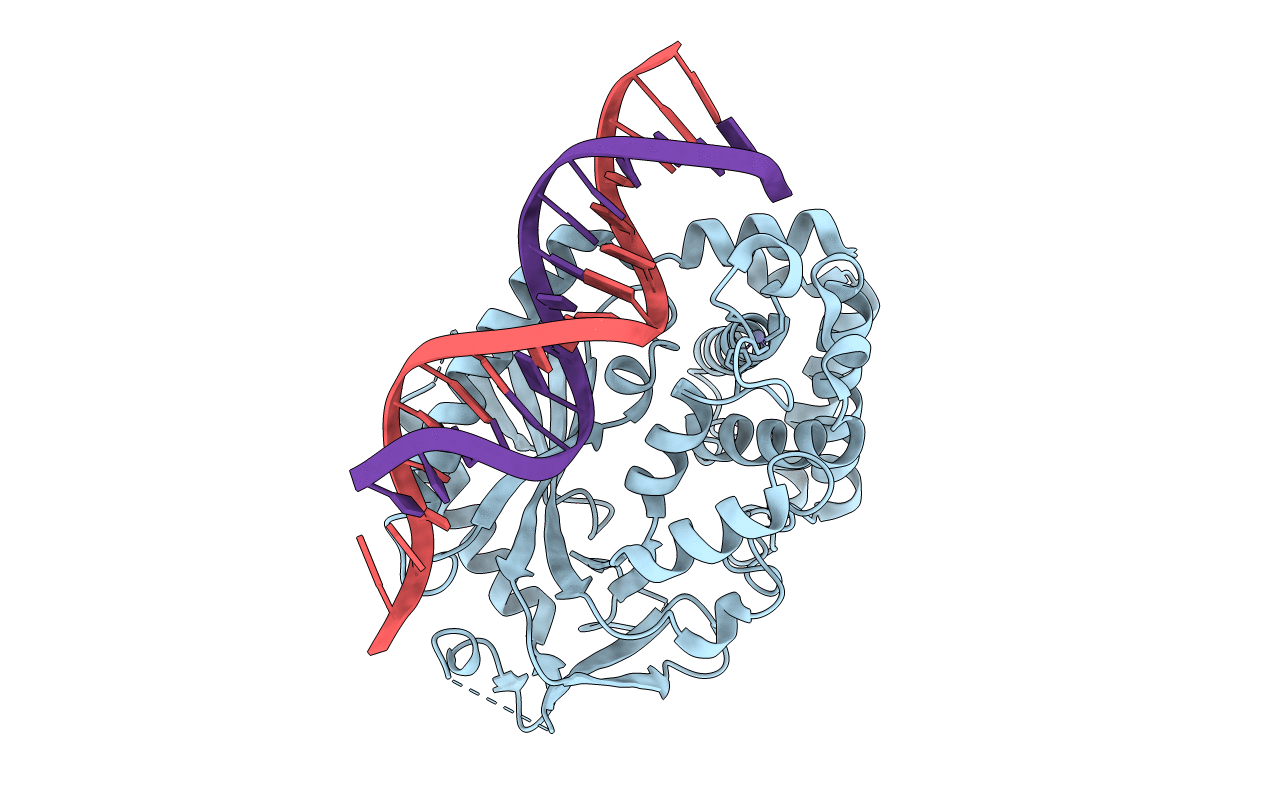
Deposition Date
2018-08-09
Release Date
2019-05-29
Last Version Date
2023-10-11
Method Details:
Experimental Method:
Resolution:
2.71 Å
R-Value Free:
0.27
R-Value Work:
0.23
R-Value Observed:
0.24
Space Group:
P 61 2 2


